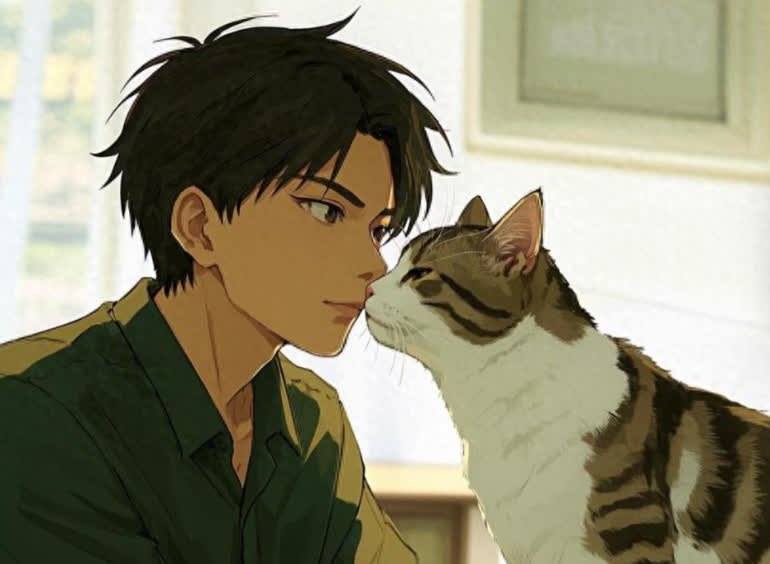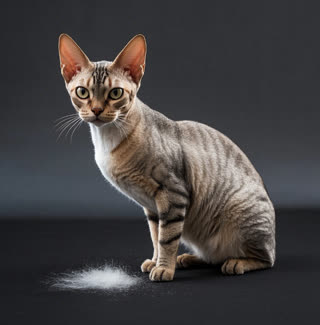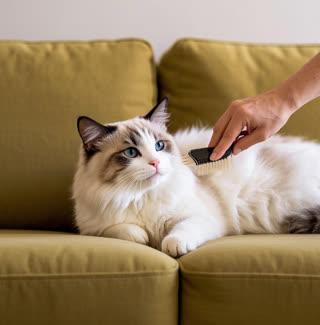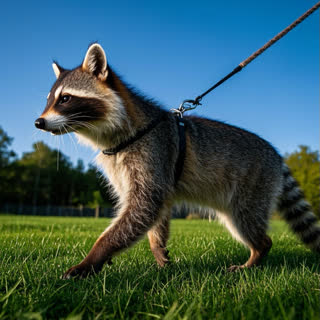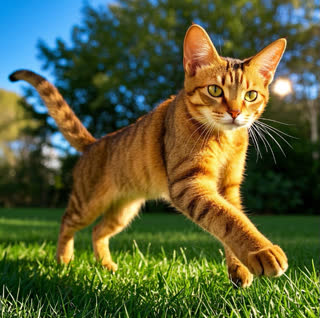If you’ve ever been greeted by a gentle tap of your cat’s nose against yours, you’ve experienced the enigmatic yet heartwarming behavior known as a "cat nose boop." This simple gesture often leaves owners wondering: What does it really mean? Beyond its adorable exterior, a nose boop is a nuanced form of feline communication, rooted in instinct, trust, and affection. In this guide, we’ll decode the science behind this behavior, explore its various meanings, and help you strengthen your bond with your furry friend.
Cats are masters of nonverbal expression, using body language, vocalizations, and scent marking to convey their emotions. The nose boop is a prime example of this intricate system. Unlike dogs, which rely heavily on barking and tail wagging, cats communicate subtly—their actions loaded with context-dependent meaning.
When your cat boops your nose, they’re engaging in a multisensory exchange. Their highly developed sense of smell plays a key role: by touching noses, they’re not just saying “hello” but also sharing pheromones that signal familiarity and trust. This behavior is deeply instinctual, harking back to kittenhood when mother cats nuzzle their young to groom and bond. For adult cats, a nose boop is a way to reinforce social connections—both with other cats and their human companions.
While every cat is unique, nose boops often fall into a few distinct categories. Let’s explore the most common scenarios:
A gentle nose boop is frequently a friendly greeting. Cats may use this gesture to acknowledge your presence, especially after a period apart. It’s their way of saying, "I’m happy to see you!" This behavior is often paired with other signs of contentment, such as slow blinks, purring, or relaxed body posture.
If your cat boops your nose while rubbing against your legs or meowing softly, they’re likely craving interaction. They might be asking for pets, playtime, or even a snack. Pay attention to their body language: a relaxed tail and upright posture suggest they’re in a sociable mood.
Some cats use nose boops to start a game. If your feline friend boops you and then dashes away, they’re probably inviting you to chase them. This behavior is common in kittens and high-energy breeds, like Bengals or Siamese, who thrive on interactive play.
A cat that feels safe and secure may boop your nose as a sign of trust. This is especially true if they initiate the gesture while in a relaxed state, such as after a nap or during a cuddle session. By exposing their sensitive nose—a vulnerable part of their body—they’re demonstrating confidence in your relationship.
In rare cases, a nose boop can signal dominance, particularly in multi-cat households. If accompanied by hissing, flattened ears, or a stiff posture, it may indicate tension rather than affection. Observing the broader context is crucial to distinguishing friendly gestures from territorial displays.
Understanding the meaning behind a nose boop allows you to respond in ways that strengthen your bond. Here’s how:
Return the Gesture: Gently boop your cat’s nose back with your finger or knuckle. This mimics their behavior and reinforces positive interaction.
Offer Affection: Follow up with gentle pets, scratches behind the ears, or a soft voice. Cats often appreciate physical touch after a nose boop.
Engage in Play: If your cat seems playful, grab a toy and initiate a chase. This encourages their natural hunting instincts and deepens your connection.
Respect Boundaries: If your cat appears tense or avoids eye contact after a boop, give them space. Forcing interaction may lead to stress.
Misconceptions about feline behavior can lead to misunderstandings. Let’s clarify a few myths:
Myth 1: All nose boops are affectionate.
While most nose boops are friendly, context matters. A forceful boop from an unfamiliar cat may signal aggression rather than love.
Myth 2: Cats only boop humans they trust.
While trust is often involved, cats may also boop to explore scents or initiate play. It’s not always a sign of deep emotional attachment.
Myth 3: Nose boops are unique to cats.
Similar behaviors, like “bunting” (rubbing cheeks or foreheads), are also common. Nose boops are just one part of a broader communication toolkit.
Decoding your cat’s nose boops is just one step in building a harmonious relationship. Here are additional tips to enhance communication:
Learn Body Language: Study your cat’s tail movements, ear positions, and eye dilation to interpret their mood.
Establish Routine: Cats thrive on predictability. Consistent feeding, play, and cuddle times can reduce stress and encourage positive interactions.
Provide Enrichment: Keep your cat mentally stimulated with toys, scratching posts, and climbing structures. A bored cat is more likely to exhibit problematic behaviors.
A cat’s nose boop is a delightful blend of biology, instinct, and affection. By recognizing its significance, you’ll gain deeper insight into your feline companion’s needs and emotions. Whether it’s a greeting, a plea for attention, or a playful overture, every boop is a chance to strengthen your bond. So next time your cat’s nose meets yours, cherish the moment—it’s a testament to the unique, unspoken language of love between humans and cats.
